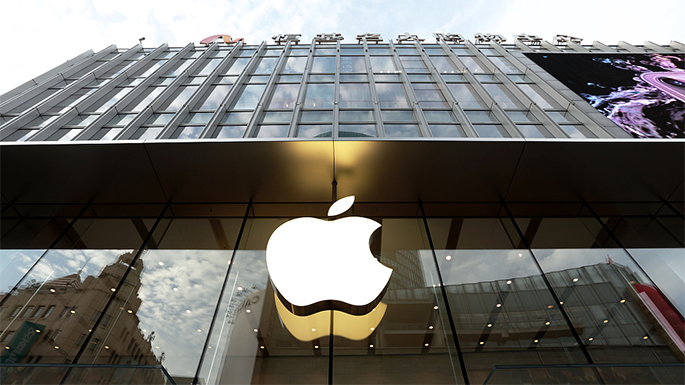Apple no longer a leader in the Chinese market; sales numbers drop in Q1 2022

For the first time in 6 years, three months ago Apple gained the top spot among smartphone brands sold in China. However, it is no longer in the lead due to a major drop in sales numbers in Q1 2022. The company is now sliding down to number three, giving way to China’s own Android-based phone manufacturers.
The total 14% slump in smartphone sales in Q1 is related to the serious economic crisis in China and the effect of the new coronavirus restrictions on consumer spending. It has brought the sales down to the levels of the pandemic-plagued Q1 2020. Apple’s numbers went down 23% quarter-to-quarter, following the encouraging 2021 surge in China after the release of iPhone 13. The market share it now holds in China went down from 21.7% in Q4 2021 to 17.9% in Q1 2022, and the shipments are down 36% compared to the same period.
The story with Vivo, Oppo and Honor, China’s own brands, is more optimistic since their numbers have rebounded after iPhone 13’s release left them behind last year. The general seasonal decline and economic uncertainty have plagued the market so far this year. The expectations for the next quarter are not very optimistic, since the lockdowns in China are still in place, dealing a harsh blow to the Chinese and global economy and consumer spending is unlikely to rise soon. The downtrend in smartphone sales was already apparent prior to the current pandemic wave, and now the slump in retail sales, the slowdown of the economy, and the rise in unemployment have added to it.
Besides the weak demand, the supply chain challenges are putting pressure on Apple. Foxconn’s Shenzhen factory and Pegatron’s Shanghai and Kunshan plants remain closed.
According to CEO Tim Cook, China’s growing Covid restrictions and global chip shortages will have a negative impact on Apple’s Q2 results that could range from $4 billion to $8 billion.
Industry experts have been warning that smartphone sales face global challenges because of the war in Ukraine, ongoing lockdowns in China, and the threat of inflation.
Source